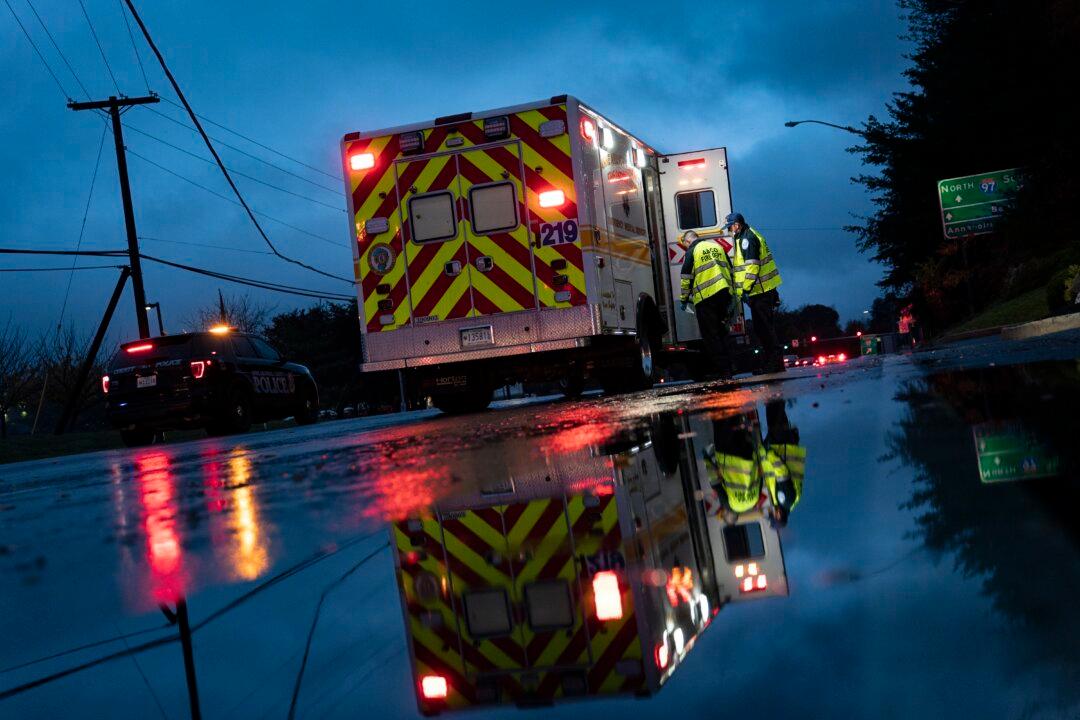PANAMA CITY, Fla.—Joanne Garone Behnke has replayed every possible scenario in her mind a hundred times.
Maybe her 79-year-old aunt sought shelter at the sturdy condo nearby that withstood Hurricane Michael’s devastating winds. Maybe she was rescued and is lying in a hospital bed somewhere. The pile of rubble that was once her Mexico Beach home is shallow, too shallow for a body to go unnoticed, Garone Behnke tells herself.





